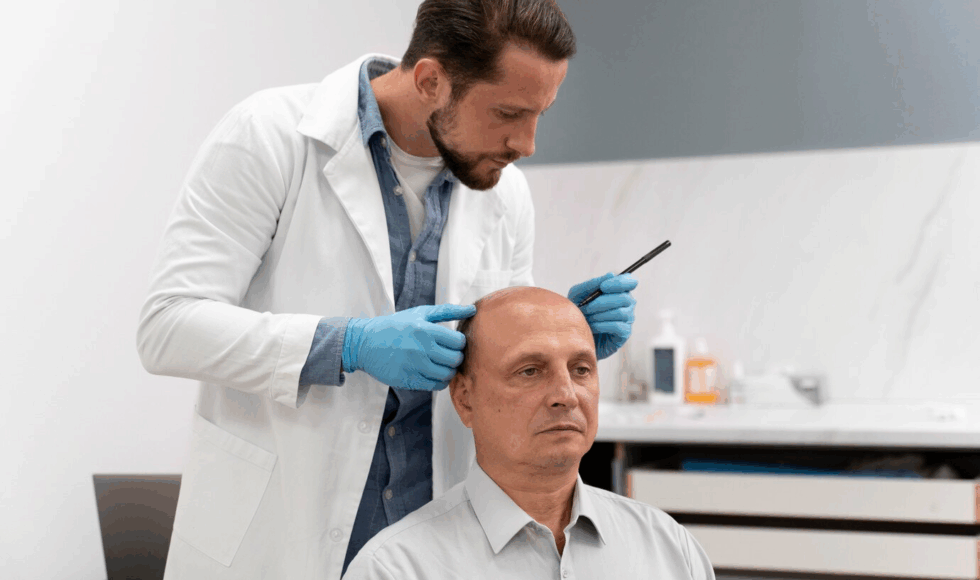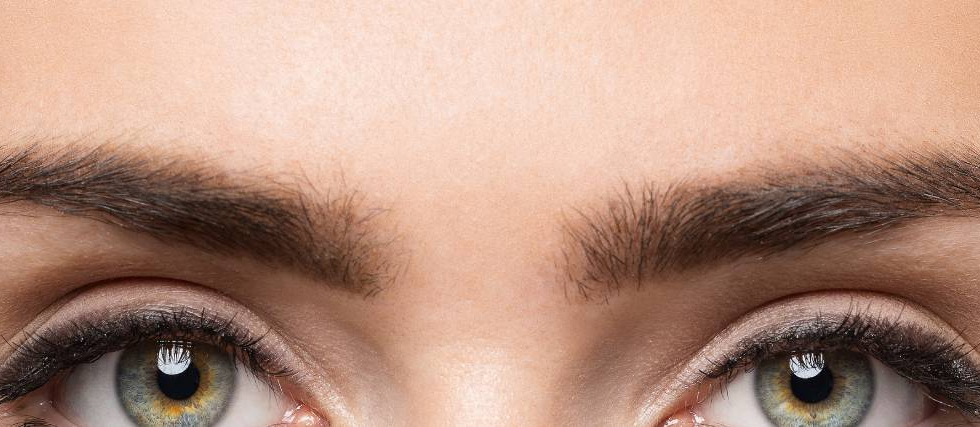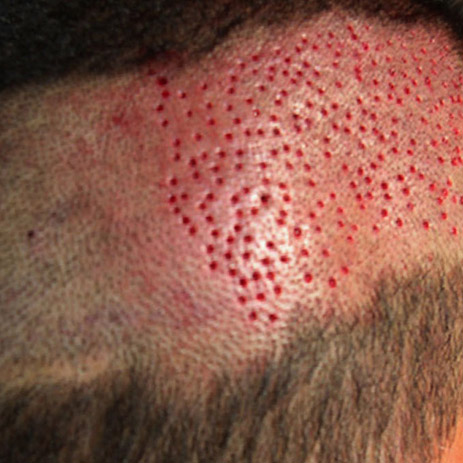Hair loss can be a distressing experience, leading many people to seek effective treatment options. Two of the most commonly considered methods are hair transplants and non-surgical solutions. Each option has its own advantages and drawbacks, and the choice often depends on individual preferences, budget, and the extent of hair loss. Whether you’re exploring long-term treatment options or more flexible,...
Itching is a common and expected reaction after a hair transplant, often triggered by the formation of scabs and the regeneration of newly implanted follicles. Although this stage is part of the natural healing process, it’s essential to be mindful of several key points to avoid complications and ensure a smooth recovery. What Can You...
Hair loss at the vertex, or crown of the head, is a common concern for many individuals, particularly men dealing with male pattern baldness. However, this area presents unique challenges due to its specific characteristics, including a reduced blood supply compared to other parts of the scalp. This vascular difference directly affects the outcomes of hair transplants in this...
Hair transplants for the temples, also known as the frontal lobes, are among the most common procedures in hair restoration, especially for men. This procedure is designed to address a receding hairline, correct an excessively high forehead, and ultimately rejuvenate the face by enhancing the hairline. What Are the Temples? The temples, or frontal lobes, are the areas on either side...
What is Alopecia Areata? Alopecia areata, also known as patchy hair loss, is an autoimmune inflammatory condition that affects about 2% of the global population. This condition can impact hair, body hair, and sometimes nails, often causing sudden and widespread hair loss in small, round patches. In more severe cases, it can also lead to...
This article is dedicated to our dear friends who have experienced hair loss due to chemotherapy. On behalf of Novesthetica, we extend our heartfelt wishes for a speedy recovery and renewed strength. What is Chemotherapy? Chemotherapy refers to the administration of specific medications aimed at combating cancerous conditions. These drugs, while effective in targeting cancer...
A woman’s body undergoes countless changes during pregnancy and after childbirth. One of the most common changes is postpartum hair loss, also known as postpartum alopecia. Like many symptoms or challenges linked to pregnancy, postpartum hair loss is primarily caused by hormonal fluctuations before and after delivery.If you’re experiencing this, know that you are not...
Taking proper rest, protecting your scalp from external factors, and avoiding harsh chemicals are just a few aspects of post-hair transplant care. Among these, an often overlooked yet crucial factor is the role of vitamins in supporting recovery and stimulating hair growth. After undergoing a hair transplant at Novesthetica, incorporating vitamins like B-complex, Zinc, and Vitamins C, E, A, and D...
Eyebrow Transplant: Are you looking to enhance the shape of your eyebrows? Do you want to restore a more symmetrical, natural curve to your brows? Or perhaps you’re looking to fill in sparse areas or conceal a scar? Eyebrow transplantation is the solution for anyone wishing to alter the appearance of their eyebrows. Eyebrow transplantation...
Hair grafting, often referred to as hair transplantation, has revolutionized the field of aesthetic medicine by providing a lasting solution to hair loss Central to this procedure is the technique of hair graft extraction, commonly known as “hair coring” or follicular unit extraction (FUE) In this article, we will explore what hair coring entails, its significance...











